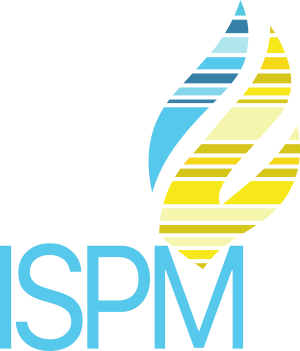When talking about project management we usually discuss the relevance of setting up an executive plan, which refers to planning strategies, allocating resources and developing budget plan.
But a smart project manager is aware of the risks that can sideline the “Plan A”. The contingency plan provides alternative actions to respond to unpredictable events or changes that can occur in a project life cycle.
We have discussed the importance of a well-defined contingency plan, with a focus on the healthcare system, with Denise Stevens, President and founder of Matrix Population Health Strategies, and speaker of the first edition of ISPM.
Hi Denise, let’s talk about the key elements for planning a valid research project: what is the importance of setting goals and objectives in advance?
One of the most important considerations in any research project whether you are the scientist or the practitioner caring out the work in the lab or with patients in the field is to really think through carefully from the beginning – before you start your work – all of the potential scenarios that might play out.
This beginning phase for me is the most fun because I force myself to think outside of the box. It is an essential element of strategic planning. And I like to think of it as detective work. I’ve gotten pretty good at this over the years largely due to the fact that my experiences have ranged from basic lab research in neuroscience, migrating to epidemiology and then spending years translating research to practice.
I did this by always staying abreast of the science but spending my energy trying to figure out how to make it work in the real world. By engaging in thought exercises early on in the development of a project you are essentially engaging in risk and contingency planning.
Traditional researchers can learn a lot from strategic management experts, program evaluators and vice versa. For example, In my work I’ve developed a liking for SMART goals and objectives from the outset of a project ((Specific, Measurable, Accepted, Reasonable, and Time-Bound (SMART)).
This is a very pragmatic approach compared to what might be found in other disciplines although there is quite a bit of overlap. In traditional research, one develops a hypothesis to be tested first, then develops a set of measurable experiments to test the hypothesis typically using data collection strategies.
Evaluators and strategic management experts should know and understand the value of the scientific method and be able to articulate the benefits of this approach compared and contrasted to their own approaches. Similar to traditional research, our work ideally begins with a question or series of questions that wish to be answered about a program or process. We collect and analyze data and evidence to support our findings.
The hardest part is to come up with the right question and to frame it in a way that is measurable so that you can develop SMART goals and objectives.
The outbreak of COVID19 reshaped the way we are working and living. When problems and changes overcome the research plan we have created, how important it is to elaborate a contingency plan, especially in the healthcare system?
COVID-19 as horrific as it has been is our opportunity for improving health and health care delivery systems. We are observing how inextricably linked science, business, and government is on a global scale.
The opportunities for strengthening these bonds across these sectors is vital to our future. Moving forward those engaged in research projects need to be thinking across these sectors and how they are linked or should be linked to their respective projects.
Effective contingency planning which is all about addressing the unpredictable, requires a thorough understanding of context and environment whether you are working in a research lab, hospital, or community organization.
This all relates back to the answer to the first question above where the critical components are developing the right questions, engaging in thought exercises around what could go wrong and what you would do next, followed by a data driven plan of action to answer your questions.
In my work with organizations currently impacted by COVID-19 one of the main issues is patient/client engagement and enrollment challenges.
Several of the organizations were paralyzed and have lost contact with patients. They didn’t have effective communication strategies in place. Of those that had a short down time – they were saved by having telemedicine and social media capabilities with their patients/clients.
The successful organizations were those that engaged in risk and contingency management exercises as part of their routine work practices.


